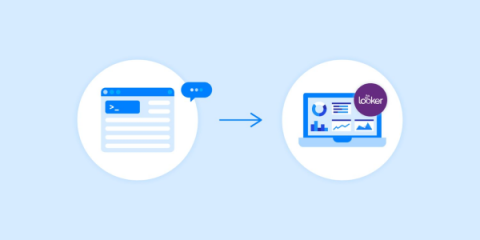Building a product in 12 weeks - An oral history of Trust Assessor
Not to sound like Cosmo, but sometimes it seems like a project was meant to be. Talend Trust Assessor is one of those projects. In 2020, a creative plan to share Talend Trust Score™ with the world grew into a full-fledged product developed and released in record time. Stephanie Yanaga and Gray Hardell, the project’s instigators, had a shared vision: giving everyone a taste of the Trust Score with very little effort.











